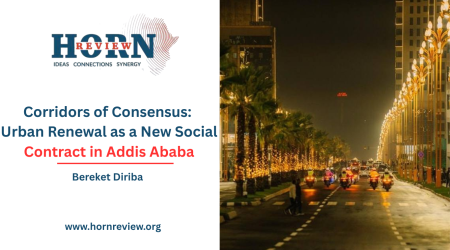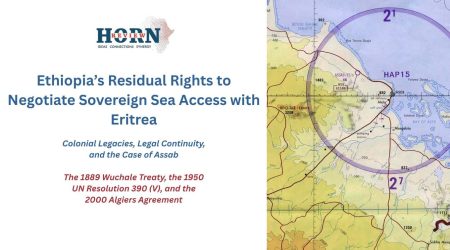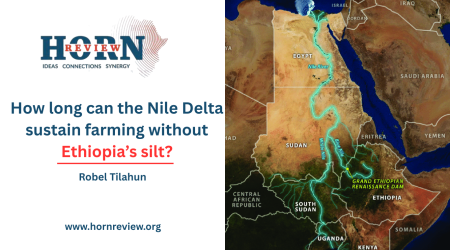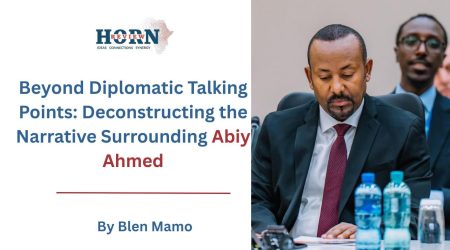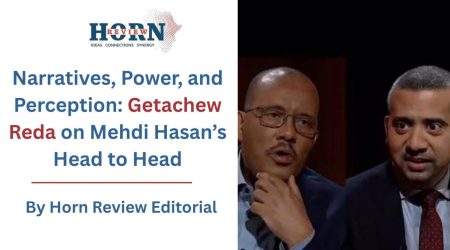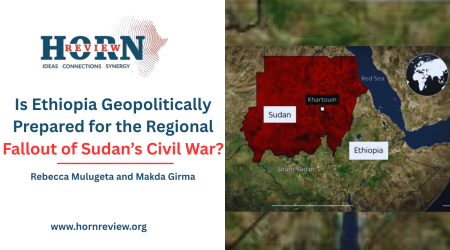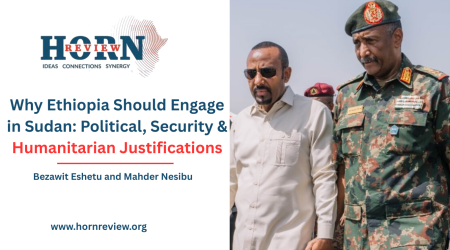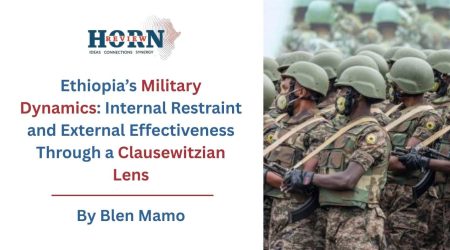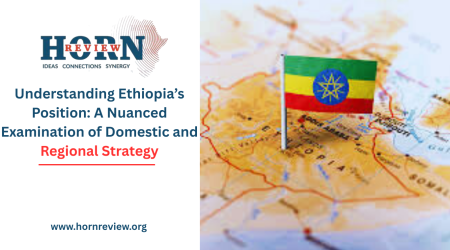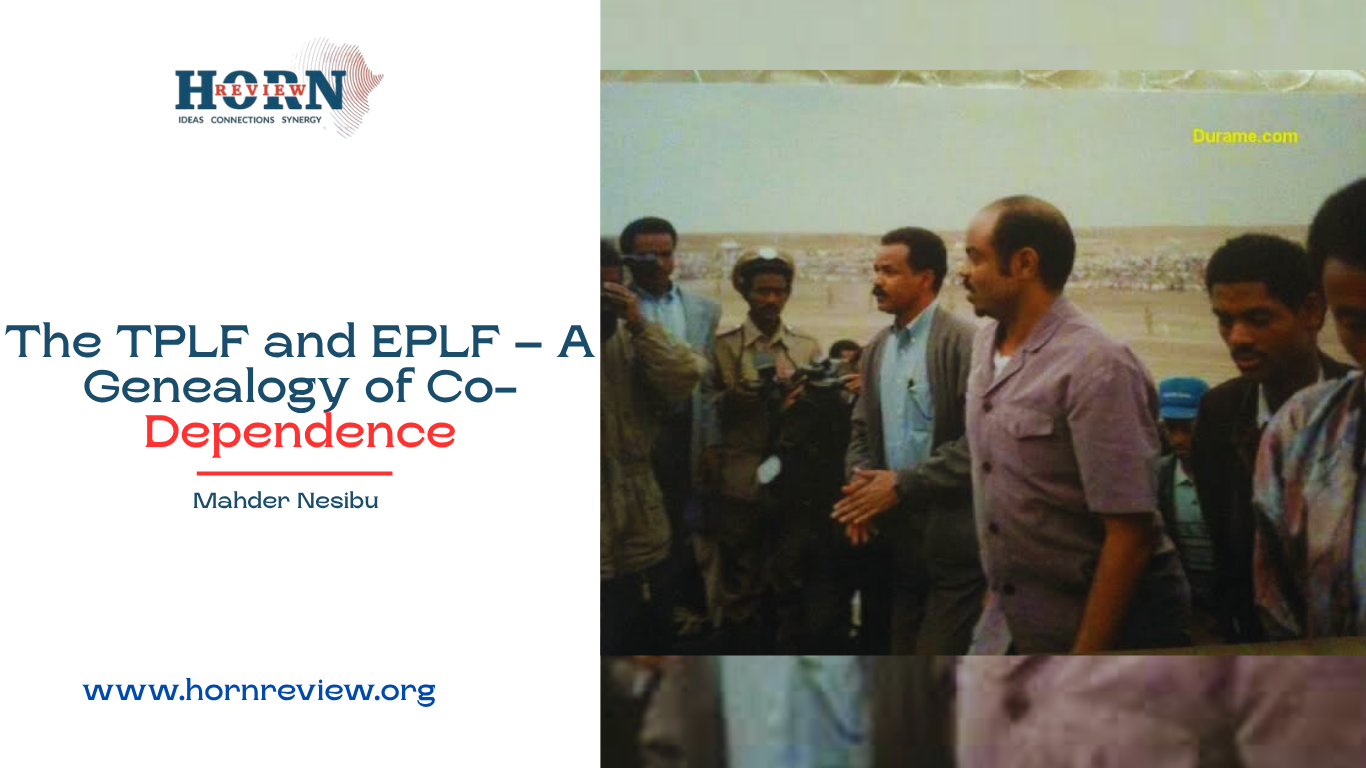
18
Oct
The TPLF and EPLF – A Genealogy of Co-Dependence
The relationship between the Tigray People’s Liberation Front (TPLF) and the Eritrean People’s Liberation Front (EPLF) is one of deep historical entanglement, shaped by alternating phases of cooperation, rivalry, and convergence. Their trajectories followed the evolution of rebellion and statehood, and together they have defined much of the political and military landscape of Ethiopia and Eritrea for more than half a century.
The origins of both movements can be traced to a shared discontent with the Ethiopian centre, first under Emperor Haile Selassie and later the Derg. Their grievances were framed within a broader ideological fermentation inspired by foreign notions of collective identity, governance, and the state. For Tigray, Haile Selassie University became a crucible of political radicalism. The introduction of Marxist, Marxist-Leninist, and Stalinist ideas among a new generation of students provided the TPLF with its ideological foundation. The movement grew from this intellectual soil, interpreting local grievances through the language of ethnic struggle and revolutionary transformation.
In Eritrea, the story evolved differently but with parallel currents. The EPLF emerged from the Eritrean Liberation Front (ELF), which was itself a continuation of secessionist aspirations dating back to the Italian colonial period and later reinforced during the British administration. Both colonial experiences introduced new political vocabularies and organizational structures that shaped Eritrea’s nationalist imagination. The British administration in particular helped cultivate a new political class, much as Haile Selassie University did in Ethiopia, by opening doors to foreign ideologies and encouraging political organization. These two environments produced the ideological cadres that would eventually lead the TPLF and EPLF, both sharing a common perception of the Ethiopian state as an entity to challenge.
The decline and fall of the monarchy in 1974 and the subsequent rise of the Derg created conditions for a proliferation of armed movements – “liberation fronts” – across Ethiopia. Among these, the TPLF and EPLF proved the most resilient. Their ideological grounding allowed them to mobilize more effectively than their counterparts, sustaining support across their respective bases and waging prolonged campaigns against a heavily militarized state.
These northern insurgencies developed within a complex environment that alternated between cooperation and competition. While tactical disagreements occasionally emerged, the two movements were united by a shared enemy and a similar operational ethos. Both adopted disciplined organizational structures, emphasized political education, and relied on tight integration between their military and civilian wings. These commonalities would form the basis of their early cooperation, even as mutual discontent lingered beneath the surface.
When the Derg was finally overthrown, the northern fronts reached the height of their success. Addis Ababa fell to the TPLF-led Ethiopian People’s Revolutionary Democratic Front (EPRDF) coalition, while Asmara was taken by the EPLF. The two movements, though victorious, now stood at the threshold of divergent state-building projects. Before the fall of the Derg, the TPLF had already accepted Eritrea’s right to secession, a stance that later facilitated Asmara’s formal break. In its capacity as the new governing force in Ethiopia, the TPLF played a decisive role in legitimizing Eritrea’s separation, approaching the issue through a pragmatic reading of the moment, detached from considerations of national interest. For its part, the EPLF proceeded to establish Eritrea as an independent state, while the TPLF restructured Ethiopia internally, introducing a federal system that demarcated administrative boundaries along ethno-linguistic lines. Together, these parallel projects redefined the political geography of the Horn of Africa.
The apparent solidarity between the two governments soon gave way to rivalry. As early as the 1980s, tensions between the TPLF and EPLF had often surfaced, specifically when the EPLF “refused to treat the TPLF as an equal”. The same dynamic reappeared in the late 1990s, culminating in the 1998 war between Ethiopia and Eritrea. By that time, the EPLF had reconstituted itself as the People’s Front for Democracy and Justice (PFDJ), and the TPLF had entrenched its dominance within the EPRDF. The conflict was driven by political pride as much as territorial dispute. The TPLF-led Ethiopia had become the larger, more resourceful state, while Eritrea faced the consequences of its limited size and decades of fighting. The war devastated the PFDJ and deepened the psychological rift between the former allies, solidifying the hostility and reshaping regional alignments for years to come.
Following its military success, the TPLF-led government effectively side-lined Eritrea from regional affairs. Through diplomatic manoeuvring and its control of the Ethiopian state, it secured significant influence across the region. Eritrea, by contrast, suffered isolation and heavy international sanctions. Ethiopia under TPLF leadership became the dominant power in the region, projecting authority through multilateral platforms and bilateral relations, while Asmara grew increasingly defensive and alienated. This period entrenched a new asymmetry in their relationship. The TPLF used state power to shape regional politics and security architectures, while the PFDJ’s Eritrea adopted a posture of resistance. The mutual distrust of this era would later shape both sides’ conduct when circumstances changed again.
When the TPLF lost power at the federal level, it retreated to Tigray and revived its insurgent identity. Across the border, the EPLF leadership saw an opportunity to settle old scores. The confrontation that began in 2020 revived the antagonism of earlier decades. The Eritrean Defence Forces intervened with the explicit aim of crushing the TPLF and dismantling it whole. The conflict that followed was intense and destructive. Despite the heavy military campaign, the outcome remained inconclusive. The TPLF survived the assault and later reasserted de facto control over Tigray, while the EPLF failed to achieve its stated objective of eliminating its long-time rival. The conflict again reinforced the cyclical nature of their relationship.
The post-conflict landscape has once again drawn the TPLF and EPLF toward a shared position. Both find themselves dissatisfied with the political direction of Addis Ababa and increasingly aligned in their perception of the current Ethiopian administration. Their mutual grievances have produced a convergence of interests that echoes the early years of their collaboration. The extent of this renewed cooperation remains uncertain; yet, the political logic of the alliance is once again apparent.
The histories of the TPLF and EPLF are therefore inseparable. They were shaped by the same ideological influences, forged through parallel struggles, and shaped by continued cycles of conflict and reconciliation. Their perceptions of Ethiopia and the region, their approach to politics, and their strategic calculations all reflect a shared genealogy. Despite the deep fissures that have defined their relationship, the present context suggests another moment of convergence. The two movements, born of rebellion and sustained by mutual dependence, continue to define one another’s political existence and the landscape of the region.
By Mahder Nesibu , Researcher, Horn Review
Further Reading
Berhe, Aregawi. A Political History of the Tigray People’s Liberation Front (1975–1991): Revolt, Ideology and Mobilisation in Ethiopia. PhD diss., Vrije Universiteit Amsterdam, 2008.
Ellingson, Lloyd. “The Emergence of Political Parties in Eritrea, 1941–1950.” The Journal of African History 18, no. 2 (April 1977): 261–281.
Kebede, Messay. “From Marxism–Leninism to Ethnicity: The Sideslips of Ethiopian Elitism.” Paper presented at the International Conference on Contemporary Development Issues in Ethiopia, Western Michigan University, Kalamazoo, August 16–18, 2001.
Markakis, John. “The Nationalist Revolution in Eritrea.” The Journal of Modern African Studies 26, no. 1 (March 1988).
Young, John. “The Tigray and Eritrean Peoples Liberation Fronts: A History of Tensions and Pragmatism.” The Journal of Modern African Studies 34, no. 1 (March 1996): 105–120.

